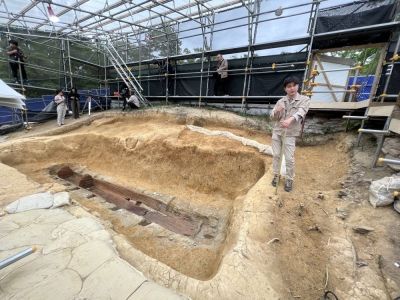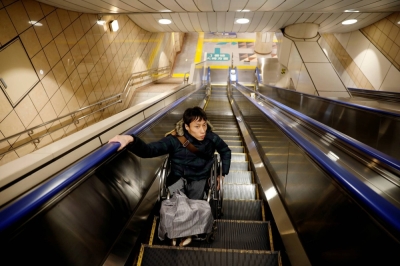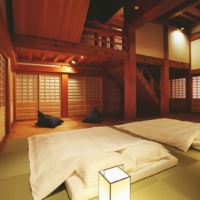Meta
James Jack
For James Jack's latest contributions to The Japan Times, see below:
Jan 8, 2014
Oct 30, 2013
Aug 28, 2013
Mar 28, 2013
Feb 7, 2013
Jan 17, 2013
Nov 15, 2012

























